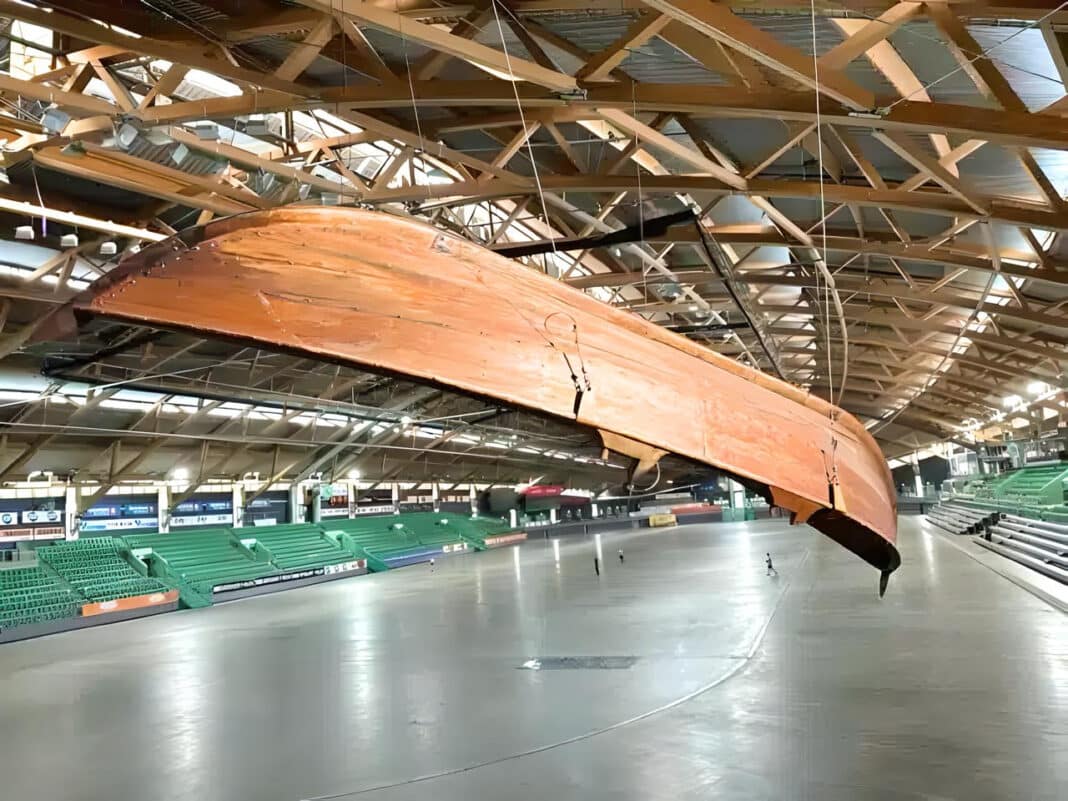Designed by Biong & Biong Arkitektfirma and Niels Torp Arkitekter, the 20,000-seat stadium was opened in 1992 in time for the 1994 Winter Olympic Games.
It was designed to resemble an upside-down Viking ship.
First Games to have a Wood Encouragement Policy
The Games were the first to implement environmental and sustainability practices, and the stadium was the home to many of the Olympics’ most iconic moments – hosting the speed skating events.
Crucially it was the first Games to have a wood encouragement policy – a policy that many Games have since embraced.
The venue uses massive glulam lattice girders

Today, the arena is used for speed-skating, bandy, and figure-skating training and competitions. It also hosts a range of small and large trade fairs, corporate events, exhibitions, banquets, and concerts.
The arena measures 250 m at its longest and 110 m at its widest. In total, the stadium construction used 350,000 cub m of building materials.
It has a maximum floor-to-ceiling height of 36 m, a total area of 22,000 sq m, and a 10,000 sq m removal ice rink placed in the centre of the arena.
The building design uses glulam lattice girders with a maximum beam span of 96 m.
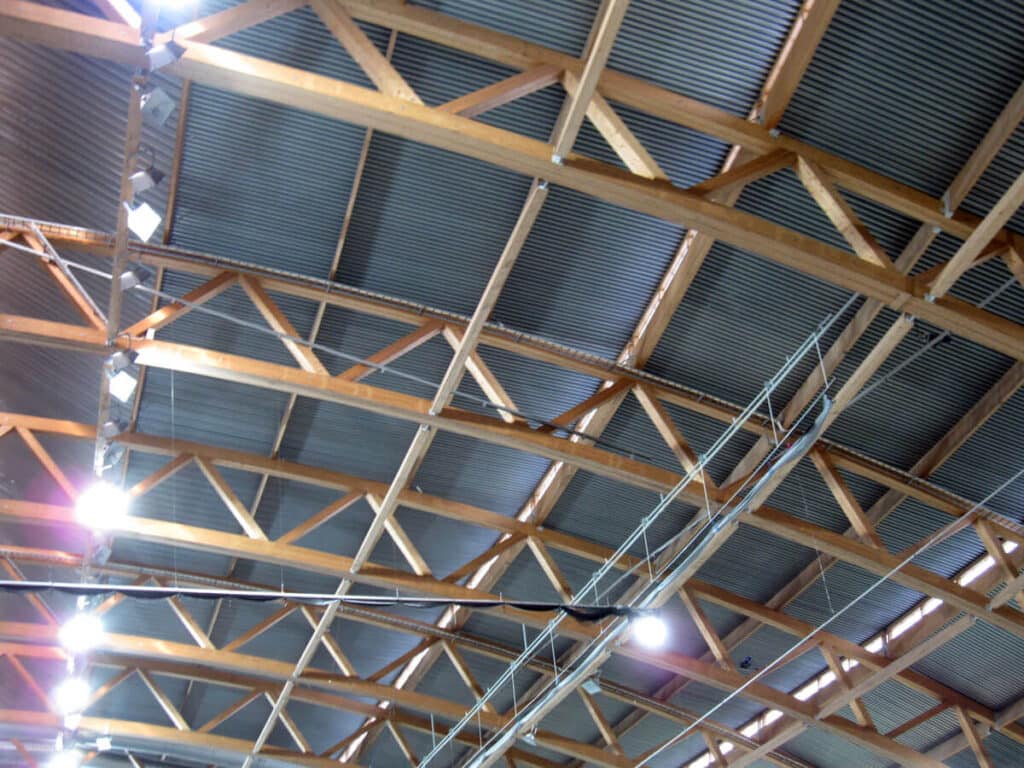
Vikingskipet’s enduring legacy
Moelven Limtre was responsible for the glulam installation, with the original project manager Age Holmestad hosting a guided tour of the venue for an Australian delegation.
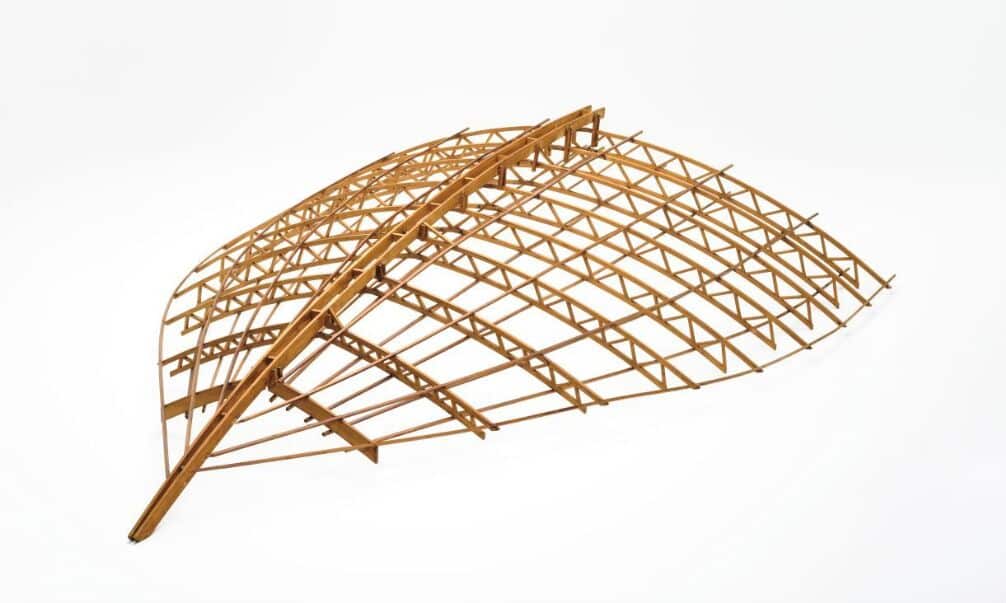
Moelven is Europe’s largest glulam plant fabricating simple and complex buildings.
The glulam beams at Vikingskipet have ushered in a renaissance for timber-based engineering throughout Norway.
Up to 1985, Moelven Limtre supplied glulam structures that could span 60 m by placing two glulam arches against each other.
The span had to be doubled to provide the load-bearing structures for the various Games venues.
The solution was to join beams to make the glulam arches longer, resulting in the Moelven patented node technology.
In addition to the Hamar Olympiahall, Moelven supplied glulam beams for the Håkons Hall at Lillehammer Olympic Park and the Hamar Olympic Amphitheatre – host of the ice hockey, figure skating, and short course speed skating.
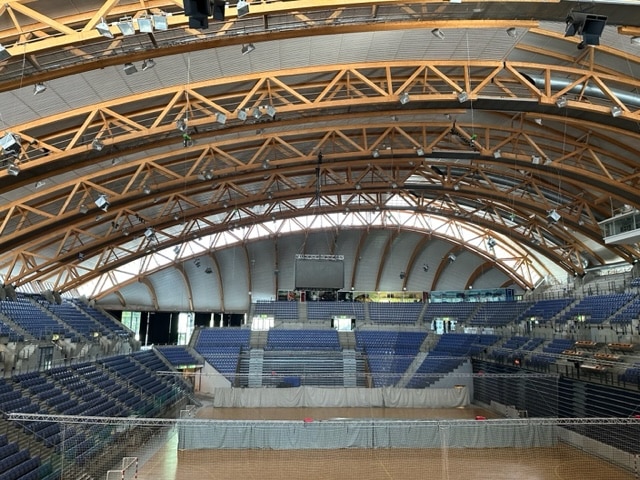
According to Rune Abrahamsen, CEO of Moelven, the Norwegian government’s preference for timber has had a strong and enduring legacy.
“The use of timber materials in 1994 has carried great importance for Norway’s construction industry, and it has been a tremendous journey since then, full of innovation,” he said.
Abrahamsen joined an Australian delegation on a tour of Håkons Hall.
The stadium, which has a capacity of 11,500, features a massive roof supported by double-trussed glulam beams, with lengths up to 85.4 meters.
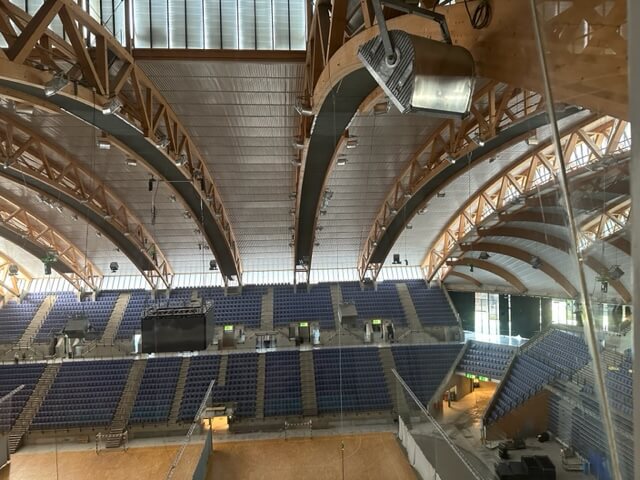
The hall is 127 meters long and has a maximum ceiling height of 40 meters.
An interesting feature was the steel plate and dowelled connection used in the truss. Up to nine plates are side by side with the dowels drilled through all. This arrangement increases the strength of the connection by a factor of nine.
With mass timber recognized by the Paris and Milan Olympic Organising Committees as a preferred building material, the 1994 Winter Olympic Games has left an enduring legacy.



